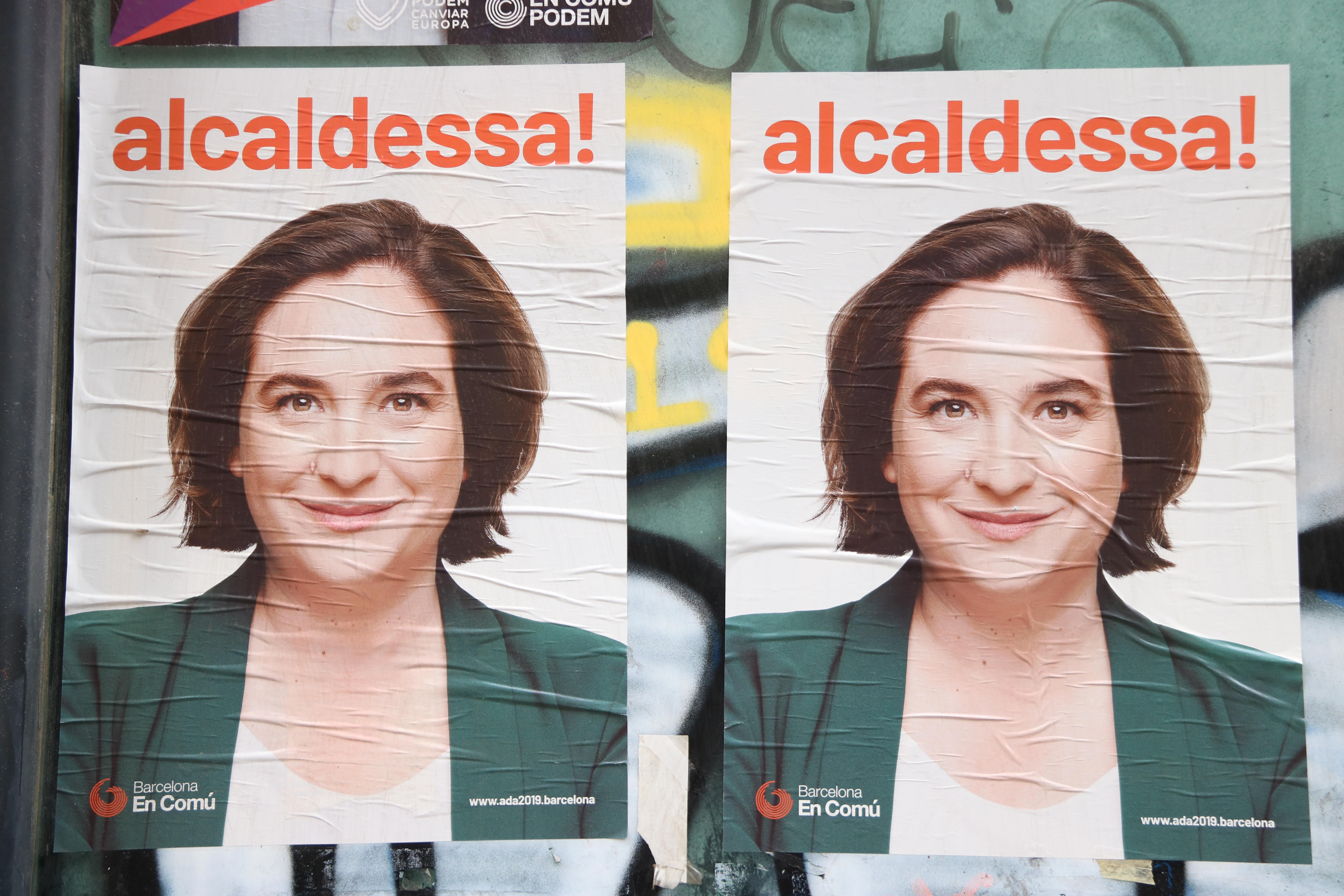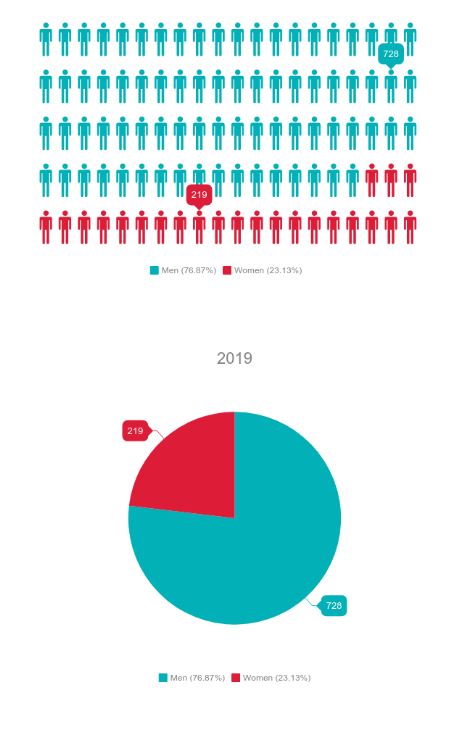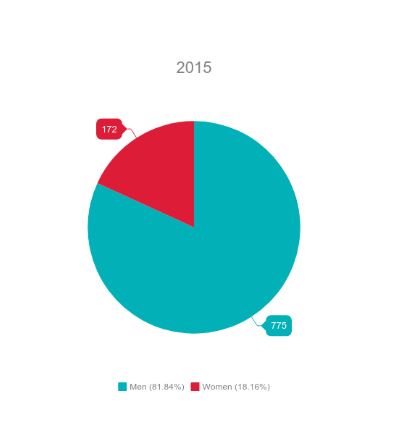Fewer than one in four mayors in Catalonia are women
The number of women mayors increased by 27.33% since 2015

After the latest local elections, almost a fourth of Catalan local councils are now led by women. Out of a total of 947 mayors, only 219 are women, accounting for 23.16% of the total.

According to provisional data released by the Catalan government, women heading local councils continue to be in the minority although their numbers have increased 27.33% since the 2015 local elections.
While at present not quite one out of every four mayors in Catalonia is a woman, in 2015 there were over five times more men than women in the same position.

As evidenced by the data made public after the elections, and not taking into account changes in local governments during the 2015-2019 term, only 172 women were elected mayor, making up 18.16% of the total number of mayors.
The proportion of women to men found in local councils is but one example of the scarcity of women in positions of power, an effect of the phenomenon commonly known as glass ceiling in reference to the “invisible barriers” women face professionally.
Sociologist and gender studies expert Elena Apilánez laments the fact that, currently, women are still associated with “private life,” while public space “is reserved for men.”
Apilánez explains that for some it is still inconceivable for women to develop skills relating to politics, productive activity or knowledge, stating that this hierarchy between men and women is in “good health” despite social progress to the contrary.
Another example of the barriers women face in politics is made evident by the number of female leaders on winning electoral lists in 2019. Only 22.39% of winning lists had a woman at its helm, without taking into account whether they were able to form government or not. As such, even though in numerous cases the most voted list did not coincide with that of the new mayor, there were also few women in this position.
Apilánez thinks this is due to the social and psychological setbacks women are faced with when in positions of power, which she describes as going from “discredit and ridicule” to “condescension and paternalism.”
It becomes difficult for women to be promoted to these posts, and the sociologist adds that one of the mechanisms used in self-defense by those who do is to act in a “masculinized” way so as to become “equal” in terms of power.
The five biggest cities
Paradoxically, however, and despite the low female presence in local councils overall, three out of the five biggest cities in Catalonia – Barcelona, L’Hospitalet de Llobregat, Terrassa, Badalona and Sabadell – are led by women, Ada Colau in Barcelona being the most well-known of these.
Women in this position of leadership represent 60% of mayors in the five biggest cities, nearly thrice more than the Catalan rate overall. After the 2015 local elections there was a similar percentage of women leading local councils in these cities, but they were not the same cities as after the 2019 elections.
How to reverse the situation
According to Apilánez, this situation is already changing, as can be seen with the 2015 to 2019 increase, but slowly. She believes that this change has to be based on two main pillars.
On the one hand, the education system has to undergo a deep transformation to become truly fair, incorporating a feminist lens especially when training future teachers.
On the other hand, Apilánez emphasizes the need for significant work regarding communication media professionals: “There is no doubt that changing the language used is essential and urgent,” adding that the terms chosen by the media are “central” to influencing future perspectives.